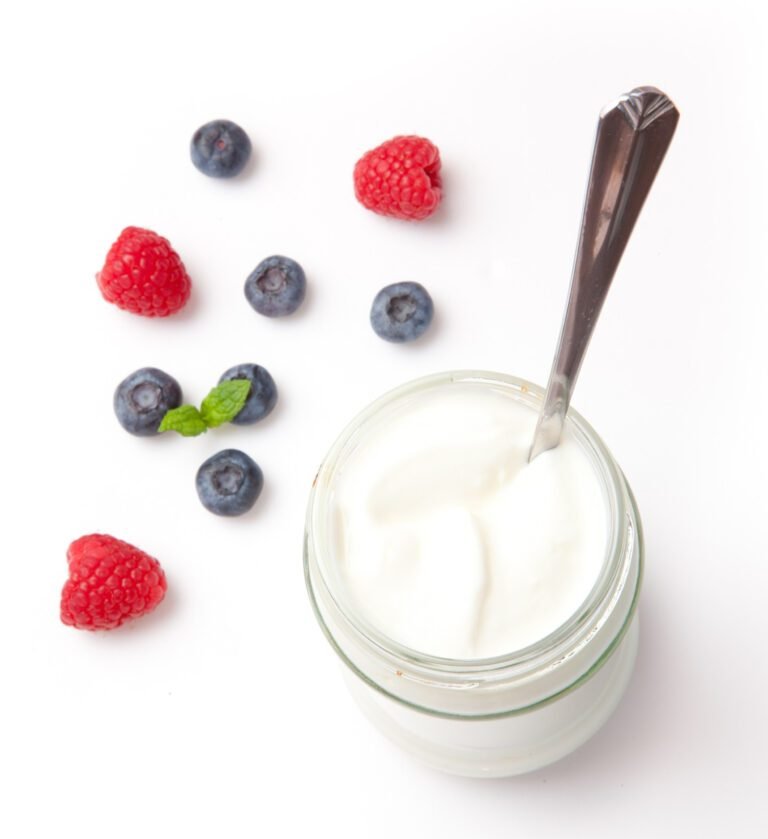The idea of consuming live microorganisms to improve health is not new. Back in 1907, Elie Metchnikov, a student of the father of microbiology, Louis Pasteur, was fascinated by a new discovery by the Bulgarian scientist Stamen Grigorov, who discovered the reason for the fermentation of Bulgarian yogurt. Metchnikov then associated the consumption of fermented milk containing live lactic acid bacteria with a long and healthy life among Bulgarian peasants of the time.
So how do probiotics stay alive until consumed?
Life is the condition that distinguishes animals and plants from inorganic matter. Life includes the capacity for growth, reproduction, and metabolic activity.
To sustain life, each organism must meet specific environmental conditions. For microorganisms, availability of water and nutrients, appropriate temperature, pH (acidity), and absence of growth inhibitors are essential.
It is also possible to manipulate specific conditions to bring about conditions in which microorganisms remain alive and grow in “standby mode.” We cannot imagine a state in which life can be maintained without any metabolic activity, but it is possible for microorganisms.
Probiotics are found in foods (yoghurt, fermented milk, fruit juices, cereal bars) or supplements (capsules, compressed tablets) and are free from growth, reproduction and metabolic activity, waiting for the right conditions to develop. It is in a state of “hibernation”. Conditions for returning to full metabolic life. This occurs when microorganisms reach the intestine with the right temperature, availability of nutrients, lack of inhibitors, appropriate acidity, and moisture. Therefore, in the case of microorganisms, life and metabolic activity are separated. Even without metabolic activity, it can still be alive, albeit dormant.
If you open a nutritional supplement containing probiotics, you’ll likely find a dry powder. This is what microorganisms look like in their dormant state due to a technological process called “freeze-drying”, also known as freeze-drying.
Freeze-drying is a two-step process in which cells are first rapidly frozen at very low temperatures (for example, below -40 to -70 °C using liquid nitrogen). The frozen water is then removed by a gentle evaporation process at low pressure and temperature called sublimation. This process removes most of the water from around and inside the cells, leaving the microorganisms in a dormant state. Water activity is scientists’ way of measuring the water available to microorganisms. This technical scale ranges from 0 (no water) to 1 (pure water). Growth is inhibited when water activity is close to 0. food supplements and Starter for fermented foods such as yogurt and kefirfreeze-drying reduces the water activity to less than 0.2, and no metabolic activity occurs during the product’s shelf life.
Yes, probiotics found in supplements and pills are Freeze-dried yogurt, kefir starter They live in their own way. This also applies to probiotics found in certain foods, such as cereal bars. For foods with a water activity close to 1, such as yoghurts, fermented milks, cheeses, and fruit juices containing probiotics, the factors that limit metabolic activity are, in some cases, combined with the low temperatures at which these products are stored. These products have a low pH (or high acidity) (such as yogurt, fermented milk, and fruit juices). The combination of low temperature and acidity is effective in keeping probiotic cells in a dormant state, inhibiting metabolic activities that can lead to cell stress and cell death. However, even if tightly regulated factors impair metabolic activity, some cell death may occur during the shelf life of probiotics in probiotic delivery products. In this case, a responsible manufacturer will ensure that probiotic cells are added so that the necessary number of living cells to provide a health benefit is present until the end of the product’s shelf life.
Either probiotic foods and in food supplements, the number of viable cells is commonly expressed as the number of specific colony-forming units. Probiotics are present in high concentrations, so the number of living cells within a capsule or single serving of yogurt often reaches billions.
To be able to count such huge numbers of cells, microbiologists must perform serial dilutions of probiotic products. The probiotics are then grown on a small drop of the solution on the surface of a Petri dish containing the medium. Each probiotic cell (or clump of cells) grows in situ, forming a visible colony that can be observed and counted with the naked eye.
Live probiotics are present in foods and supplements, but they are at a different life stage than higher organisms, where metabolic activity is constant. During the storage period, the metabolic activity of probiotics is reduced by freeze-drying the probiotics (as dietary supplements or starters in yogurt or kefir) or by a combination of low temperature and acidity (e.g. in finished yogurt, kefir, fruit juices). ) will be stopped.
When these microorganisms enter our intestines, find the right conditions of nutrients, temperature, acidity, and water to work with and deliver them, active growth returns. Health effects.


